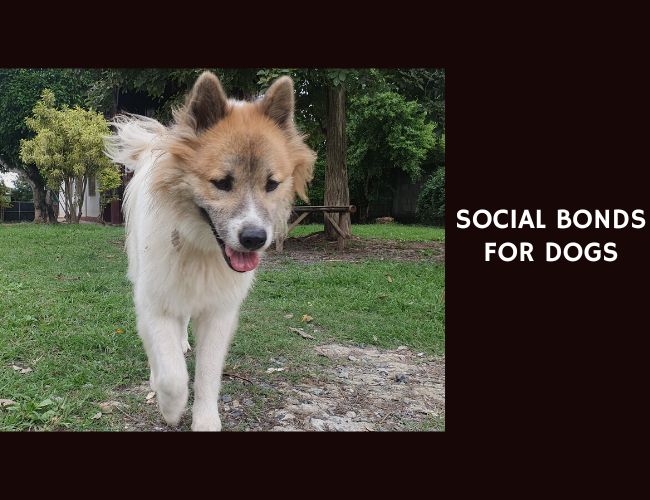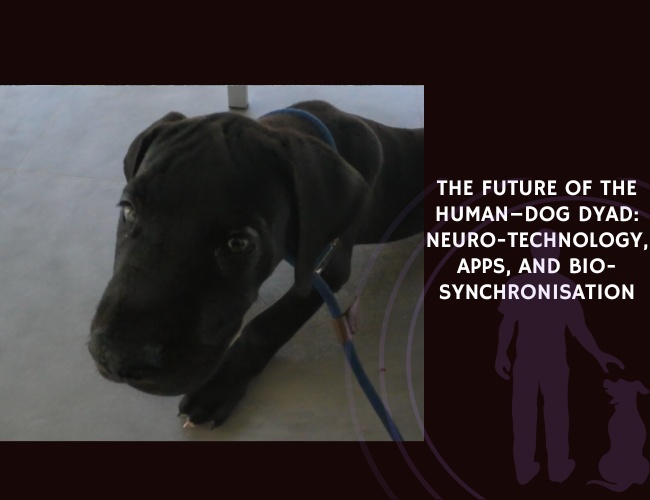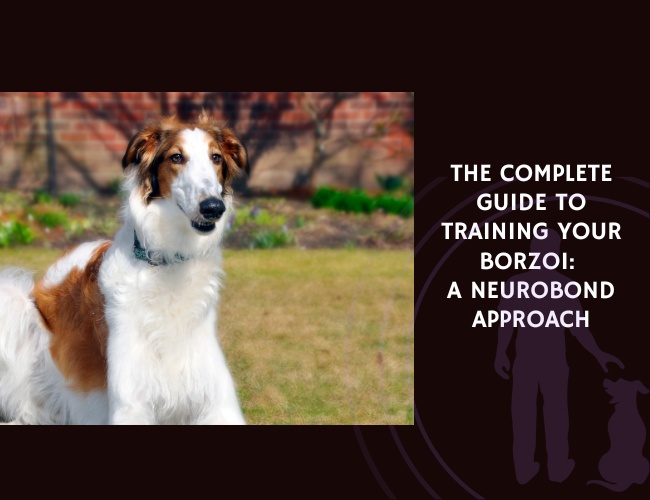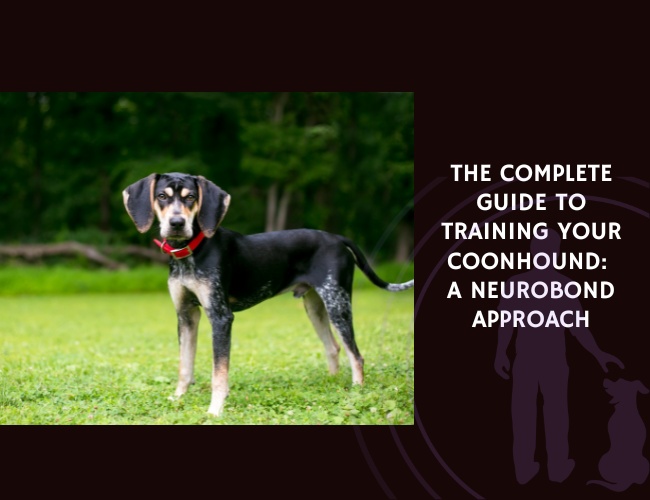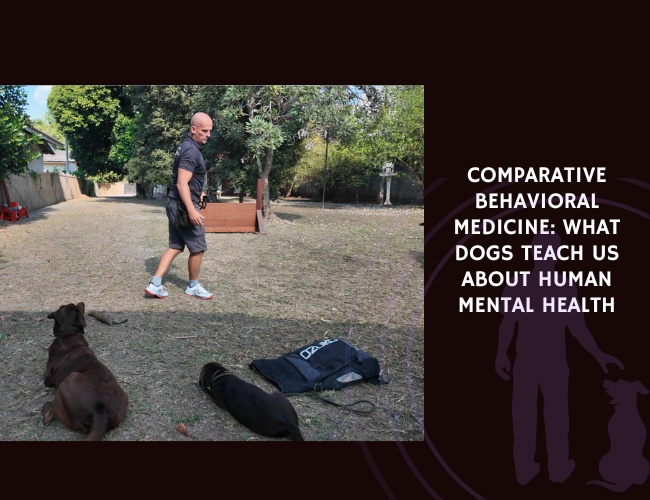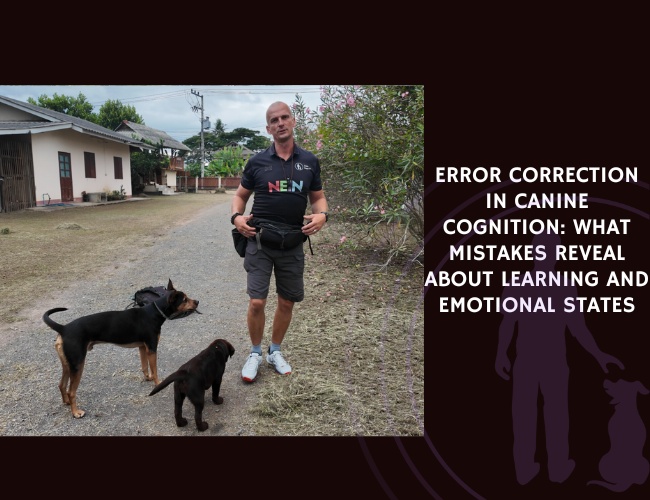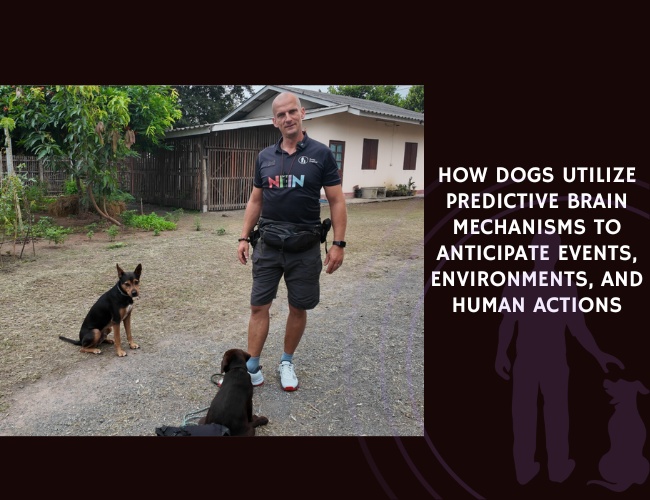Picture this: a dog wagging its tail enthusiastically upon your arrival, or a group of dogs playfully chasing each other in the park. These are everyday scenes that hint at a fundamental aspect of a dog’s life – social bonds. But what’s beneath the surface? How significant are these bonds for their emotional well-being? In this article, we will delve into this fascinating subject and unravel the intricacies of canine social dynamics.
Dogs, contrary to popular belief, are not solitary creatures. Their ancestors, wolves, are known for their pack-oriented behaviors, and our domesticated friends have changed this to a group-dynamic nature. Dogs find comfort, security, and joy in social interactions, much like us humans. Their social bonds are not just about companionship but also about survival and emotional well-being. Understanding this aspect can help us foster a more fulfilling relationship with our four-legged friends.
So, let’s embark on an exploration of how dogs express themselves, form relationships, and navigate through various social communities. We will venture into the unique roles humans play in a dog’s social life and examine the concept of dogs as ‘masters of integration’. We’ll also ponder the thought-provoking idea of whether dogs, if given a chance, would choose different social environments. Finally, we’ll discuss how nurturing strong social bonds can contribute to a dog’s emotional well-being, providing insights and advice for dog owners and enthusiasts alike.
A growing body of research is showing that dogs have a wide range of emotions, including joy, fear, anger, disgust, and love. Scientists believe that, similar to humans, dogs experience these emotions in varying degrees and for different reasons. For instance, a recent study found that when shown photos of happy people, dogs showed signs of being significantly more interested and engaged than when shown photos of angry people. This suggests that dogs are capable of experiencing positive emotions such as joy in response to the happiness of others. Similarly, researchers have also observed that dogs can experience fear when exposed to loud noises or strange environments.
The exploration of emotions from a neurobiological perspective offers fascinating insights into our understanding of behavior and interactions. As we continue to delve deeper into this field, we can look forward to more revelations about the intricate workings of our emotional systems.
Dogs as Social Animals
Delving into the nature of dogs, it becomes clear that they are not solitary creatures. Rather, they thrive on social interaction and group dynamics. This fundamental trait is rooted in their ancestral lineage. It is believed that dogs, like their wild wolf counterparts, evolved as pack animals. Living in groups offered them the advantages of cooperative hunting, mutual defense, and shared care for the young. Even today, this group-oriented nature is manifest in domestic dogs’ behaviors and needs. They crave companionship, whether from other dogs or their human families.
Dogs have a rich language of their own, communicating through a combination of facial expressions, body language, sounds, and behaviors. Facial expressions are particularly significant in dog communication. A simple wag of the tail or a tilt of the head conveys volumes about a dog’s emotional state. From joy to fear, from curiosity to submission, dogs wear their emotions on their faces, quite literally.
Complementing facial cues, dogs also communicate through an array of body postures and gestures. The position of their ears, the stance of their bodies, even the bristling of their fur can convey dominance, fear, playfulness, or aggression. Observant owners learn to read these signals to understand their pets better.
Adding another layer to their communicative prowess, dogs use a variety of sounds to express themselves. Barks, growls, whines, and howls each serve different purposes in a dog’s social interactions. For instance, a high-pitched bark might signal excitement, while a low growl could indicate displeasure or threat.
Finally, behavior plays a crucial role in canine communication. Dogs engage in specific behaviors to show their place in the social hierarchy, to initiate play, or to signal distress. Actions such as rolling over to expose the belly can indicate submission, while a playful bow invites others to join in a game.
In essence, dogs are complex social beings with a rich repertoire of expressive means. They are not just our loyal companions; they are sentient individuals who thrive on social interaction and mutual understanding. Recognizing and honoring these traits is essential to fostering healthy, happy relationships with our four-legged friends.
The Significance of Social Communities for Dogs
As we delve deeper into the social fabric of a dog’s life, it becomes clear that social communities play a crucial role. A dog’s social community, which can consist of other dogs, humans, or even other animals, serves as a cornerstone for their emotional well-being. These social circles provide dogs with a sense of belonging, companionship, and security. They also offer opportunities for learning, play, and the development of social skills.
Just like humans, dogs thrive in an environment where they feel loved, understood, and accepted. Their interactions within their social communities help them build confidence and learn important behavioral cues. These interactions also stimulate their mental health and keep loneliness at bay. It’s worth noting that dogs are not just passive members of these communities. They actively participate, engage, and contribute to the dynamics of their social groups.
Dogs and Their Social Group Dynamics
Moving on to the fascinating aspect of how dogs arrange themselves in different social groups, it’s intriguing to note their inherent flexibility. Dogs are capable of instantaneously adjusting and aligning themselves according to the social dynamics of a new group. Whether it’s a change in their human family, a new canine companion, or a new environment altogether, dogs usually manage to find their place and adapt.
This adaptability is an evolutionary trait that has allowed dogs to survive and thrive in various environments. Their ability to understand group hierarchy, read social cues, and adjust their behavior accordingly is remarkable. This doesn’t mean that every transition is smooth or stress-free, but it does highlight the dog’s resilience and their innate desire for social connection.
In essence, a dog’s life is deeply intertwined with its social communities. From providing emotional support to shaping their behavior, these communities significantly influence a dog’s overall well-being. Moreover, the ability of dogs to swiftly arrange themselves in new social dynamics underscores their inherent social nature. This understanding emphasizes the need for us, as human companions, to ensure that our dogs have ample opportunities for healthy social interaction and integration.
The Role of Human Partners in a Dog’s Social Life
Let’s dive into the significant role humans play in shaping the social life of dogs. Our relationship with these lovable creatures is unique and deeply interconnected, and it goes beyond just being their food provider. Humans offer much more than just sustenance to dogs; we provide protection, security, and most importantly, affection.
Food and protection are basic needs for any living creature. But when it comes to dogs, these needs take on deeper significance. As descendants of wolves, dogs have inherited a profound pack mentality, where each member relies on others for survival. In a domestic setting, this mentality translates to dogs viewing their human companions as providers of food and protectors against potential threats. This bond strengthens over time, making the dog feel secure and protected in the company of its human family.
But our role doesn’t stop there. We also contribute to a dog’s emotional well-being through expressions of love and affection. A dog’s ability to perceive emotions in humans is not just anecdotal; scientific studies have found that dogs are capable of recognizing human emotions and reciprocating affection. This emotional interplay significantly impacts a dog’s social behavior and contributes to their overall happiness and contentment.
Humans as ‘Parent Substitutes’
Moving forward, let’s consider the concept of humans as “parent substitutes” in a dog’s life. Just like human children, puppies learn essential life skills from their parents – or in the absence of dog parents, from us, their human caregivers. We teach dogs how to behave appropriately, understand boundaries, and interact positively with others, essentially equipping them with the social skills they need to thrive.
Dogs, with their innate ability to understand and respond to human cues, are keen observers and learners. They not only pick up commands but also learn by watching our actions and reactions. This makes the human-dog relationship a crucial factor in shaping a dog’s behavior, manners, and social skills.
Overall, humans play an indispensable role in a dog’s social life. We provide not just basic needs, but also emotional support and social education. By understanding this profound connection, we can contribute positively towards nurturing our dogs’ social bonds and emotional well-being.
Dogs as Masters of Integration
One of the most intriguing aspects of dogs’ social behavior is their ability to establish and dissolve relationships with remarkable flexibility. This trait, inherent in their nature, allows them to adapt and integrate into various social groups effectively, like a masterful social chameleon.
Dogs have an incredible knack for forming bonds. Whether it’s with humans, other dogs, or even different species, they display an impressive ability to build connections. This stems from their instinctual inclination towards being part of a pack – a behavior inherited from their wolf ancestors. Dogs are not just about building these relationships; they also exhibit a deep understanding of when to break off the ties. For instance, when a dog feels threatened or if the relationship no longer serves its interests, it might choose to sever the bond. This adaptive behavior showcases their survival instincts and ability to react to changing scenarios.
Moving Between Social Groups
In addition to establishing and breaking off relationships, dogs are equally adept at transitioning between different social groups. This ability, often overlooked, actually plays a crucial role in their overall well-being. Imagine a dog moving from a bustling dog park to the calm environment of a home, or from interacting with playful children to dealing with adults. These transitions require a significant amount of social comprehension and adaptability, demonstrating their prowess as masters of integration.
What is truly remarkable is that dogs can make these transitions almost seamlessly, despite the contrasting dynamics of each group. Their capacity to read and understand different social cues allows them to adjust their behavior accordingly, ensuring they can fit in wherever they go. This ability isn’t just a testament to their intelligence, but also to their emotional sensitivity, which enables them to navigate the complex world of social interactions.
In essence, dogs’ capacity for integrating into various groups and their flexibility in forming and dissolving relationships underscore their social intelligence. By understanding these aspects of their nature, we can better appreciate the complexity of their social lives and, in turn, foster stronger, more meaningful bonds with them. After all, a well-integrated dog is a happy dog.
The Potential for Dogs to Choose Their Own Social Environments

One of the most intriguing aspects of understanding dogs’ social behavior is contemplating the possibility that, given the opportunity, dogs might choose different social environments. Much like humans, dogs are not merely passive recipients of their surroundings; they are active participants who interact and engage with their world.
Dogs exhibit a remarkable level of adaptability in their social behaviors. They can transition from one social setting to another with relative ease, demonstrating their inherent flexibility. Whether it’s moving from a lively dog park to the quiet comfort of home, or transitioning between various human caregivers, dogs have an uncanny ability to adjust their behavior according to the social context.
But what if dogs had complete freedom to choose their own social environments? Would they opt for a bustling household filled with constant interaction, or would they prefer a quieter, more tranquil environment? While we can’t say for certain without comprehensive research, anecdotal evidence suggests that dogs do indeed have preferences when it comes to their social surroundings. Some dogs thrive in energetic settings with lotsof people and activity, while others prefer a calmer and quieter atmosphere.
Certain dog breeds, such as Labrador Retrievers and Golden Retrievers, are known for their sociable and outgoing nature. These dogs often enjoy being in the company of people and are more likely to thrive in a bustling household with constant interaction. They may enjoy the attention, playtime, and various activities that come with a lively environment.
On the other hand, some dog breeds, like Shih Tzus and Basset Hounds, tend to be more laid-back and relaxed. These dogs might prefer a quieter and more tranquil environment where they can relax and nap undisturbed. They may not be as inclined to seek constant social interaction and could be content with a peaceful setting.
Additionally, individual dog personalities can also influence their preferences. Some dogs are naturally more extroverted and enjoy being the center of attention, while others are introverted and prefer solitude or limited social interactions.
It’s important to consider that dogs are adaptable animals and can adjust to different social environments to some extent. However, providing them with an environment that aligns with their natural inclinations can contribute to their overall well-being and happiness.
Ultimately, understanding and respecting a dog’s individual preferences and needs is crucial in creating a harmonious social environment for them. Observing their behavior, paying attention to their reactions in different settings, and providing them with choices can help ensure that they are comfortable and content in their social surroundings.

